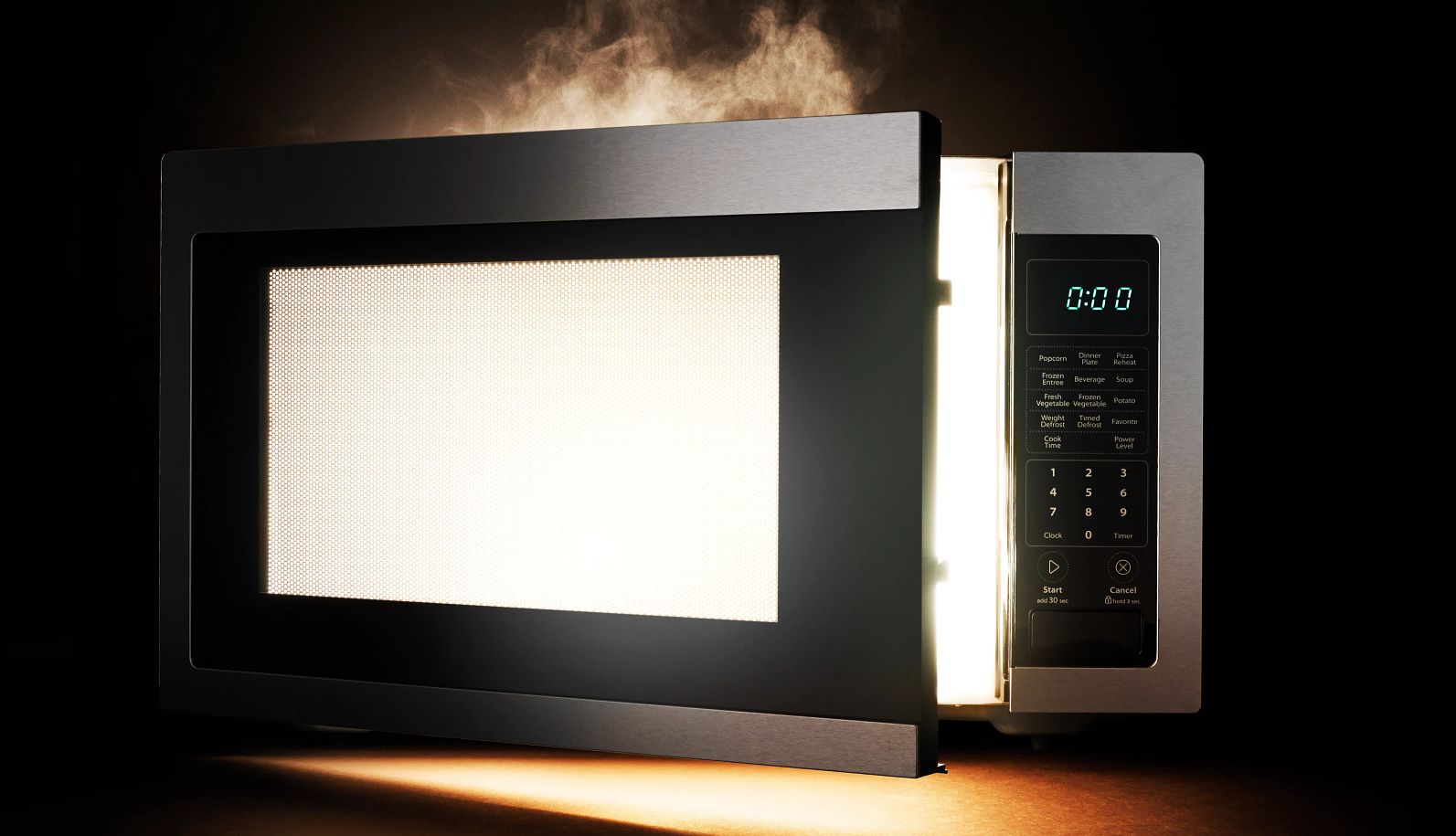AARP Hearing Center


Microwaves are one of the easiest appliances to use in the kitchen, but their improper use can lead to unintended consequences affecting the taste, texture and even the nutritional value of your food. To help avoid these mistakes, we spoke with William Lendway, a dietitian, chef and assistant professor at Johnson & Wales University in Providence, Rhode Island, whose specialized degrees include culinary arts and nutrition. See if you are making any of these 10 common mistakes and learn to maximize the benefits of your microwave.
1. You steam vegetables with too much water
Many cooking methods rob vegetables of their nutrients by leaching them into the water in which they are cooked.
To minimize nutrient loss in the microwave, use less water when steaming or heating vegetables. This works well because compared to some techniques, microwave cooking offers a shorter preparation time and can help retain more nutrients that typically break down when exposed to heat, such as B vitamins and vitamins C and D.
For best results, use blanched or frozen vegetables in the microwave to avoid uneven heating or overcooked greens, Lendway recommends.
2. You heat up spicy food in the microwave
The compound that gives spicy foods their heat factor, capsaicin, is also an irritant. When you microwave something like a spicy pepper, the food can emit steam similar to pepper spray and irritate your eyes, sinuses and lungs.
3. You cook raw meat
When raw meat goes into the microwave, its cells are exposed to frequencies that make it rapidly vibrate and create heat. This can cause it to cook unevenly, resulting in a dry and tough texture.
On the other hand, defrosting meat in the microwave until it is pliable can be a good way to quickly prepare it for cooking. A little bit of a cooked edge is normal, but be careful not to overheat it, Lendway says.
To reheat previously cooked meat, cover it and pair it with gravy, mashed potatoes or another food high in water content to help trap in moisture.






























































More From AARP
The Rise of the Backyard Kitchen
Outdoor cooking appliances are gaining popularity. Are they worth it?
Lovin’ the Dutch Oven
The versatile cast-iron pot can take the place of lots of fancy cookwareHow to Make the Best Cup of Coffee at Home
Perk up your morning java and save money by slow brewing